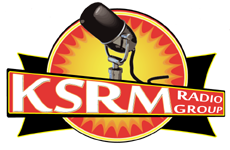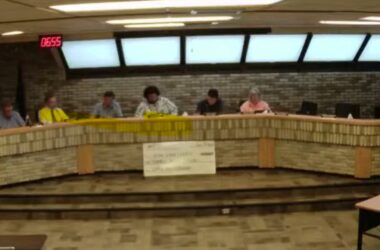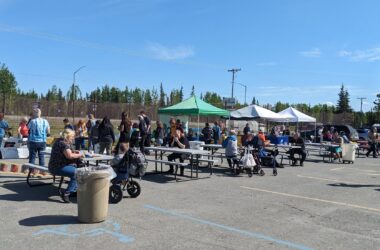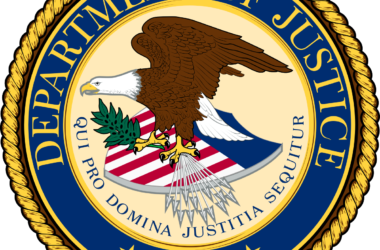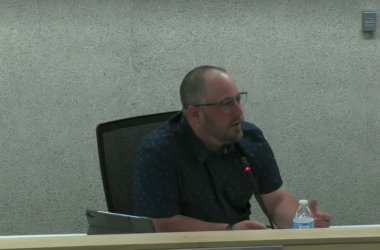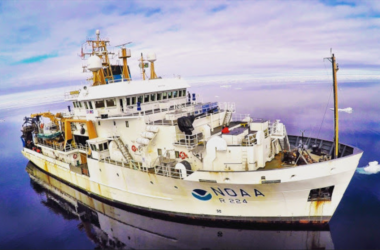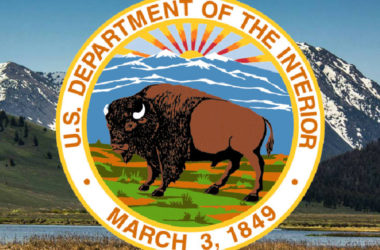Recent weeks have brought numerous escaped debris burns around the state, each followed by a warning from the Division of Forestry that this could be another record wildfire season.
Hans Rinke with the Division of Forestry Soldotna Office says residents should always implement the practices of burn permit guidelines.
Rinke: “Which require you to have water while you’re burning, have hand tools while you’re burning and be present on site while you’re burning.”
Burn permits are required for all controlled and debris burning on the Kenai Peninsula from April 1 through August 31. Anyone burning debris or using a burn barrel is responsible for maintaining control of the fire and can be held accountable if the fire escapes.
The Division urges everyone to adhere to these safety guidelines when burning debris:
- Burn only one debris pile at a time and keep the pile small and manageable, feeding the pile as you burn.
- Construct a fire break 10 feet wide down to mineral soil around debris piles and at least 6 feet wide around burn barrels before lighting the fire.
- Don’t burn during windy periods.
- Never leave a fire of any kind unattended until it is completely out.
- Have sufficient tools and water on site to control the fire.
- Do not burn debris piles or burn barrels within 30 feet of structures or under utility lines.
- Call 911 immediately if there is a wildland fire emergency.
Another step that can be taken to prevent wildfires from spreading is to Firewise your property and residence.

Sam Patten with the National Fire Prevention and Education Team…
Patten: “Cleaning up the debris in your yard, clean up the dead and down, increase the spacing in your trees, make sure your gutters are clean, make sure there aren’t leaf piles underneath the side of your house where it can start the side of your house on fire, that kind of stuff, you can get rid of wooden furniture, don’t pile firewood under your eaves. All these are relatively small steps but taken together they have a huge impact of reducing the fire risk and fire danger to your own house.”
Lack of snow cover and unseasonably warm temperatures this winter on the Kenai Peninsula have left grass and other dry fuels exposed.
Click here for a Firewise packet from the Alaska Wildland Fire Coordinating Group.
